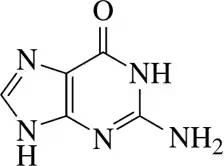a. Which compound would you expect to have a greater dipole moment, methyl acetate or butanone?
b. Which would you expect to have a higher boiling point?

 Verified step by step guidance
Verified step by step guidance Verified video answer for a similar problem:
Verified video answer for a similar problem:



 3:08m
3:08mMaster How IMFs are related to melting and boiling points. with a bite sized video explanation from Johnny
Start learning